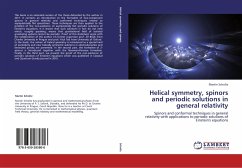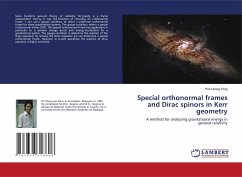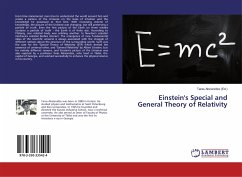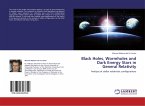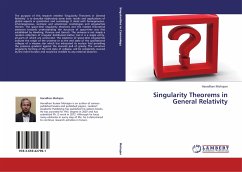This book is an extended version of the thesis defended by the author in 2011. It contains an introduction to the formalism of two-component spinors in general relativity and conformal techniques related to asymptotically flat spacetimes. These techniques are then applied to the problem of the non-existence of asympotically flat periodic solutions of Einstein's equations. It is shown that such solutions in fact do not exist which, roughly speaking, means that gravitational field of isolated gravitating systems cannot be periodic. Proof of this statement arose with the collaboration of the author, his former supervisor prof. Ji í Bi ák from Charles University in Prague and prof. Paul Tod from University of Oxford. In the book, the notion of helical symmetry is introduced as a special kind of periodicity and new helically symmetric solutions in electrodynamics and linearized gravity are presented. In the second part, the formalism of 2-spinors is introduced together with the Newman-Penrose formalism. Finally, in the third part, we present the proof of the non-existence of periodic solutions of Einstein's equations which was published in Classical and Quantum Gravity journal in 2010.

